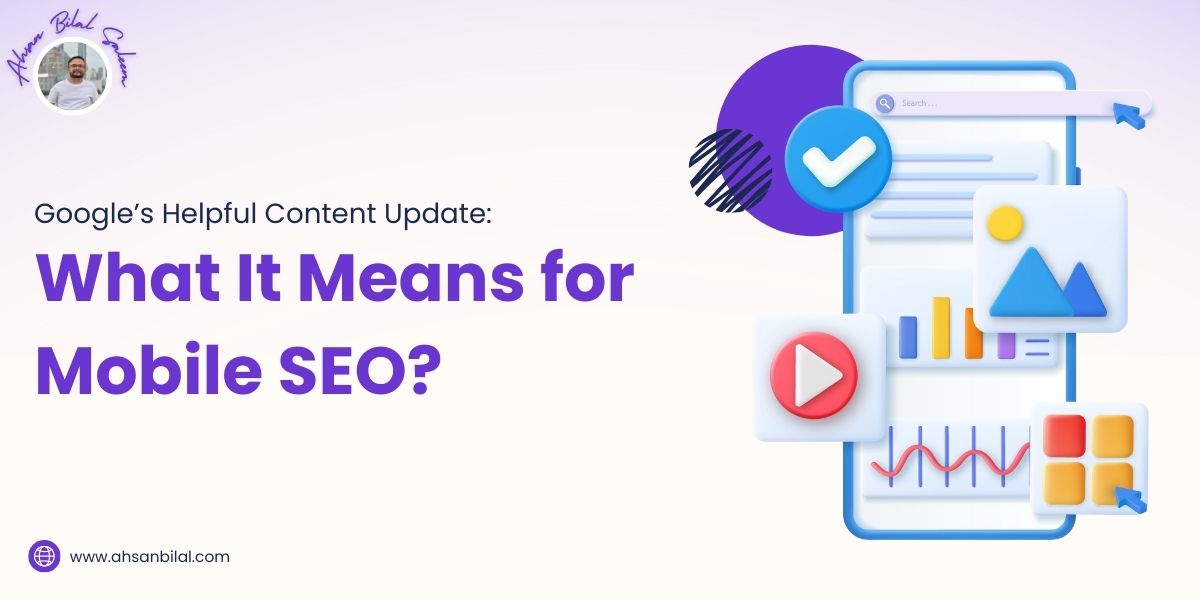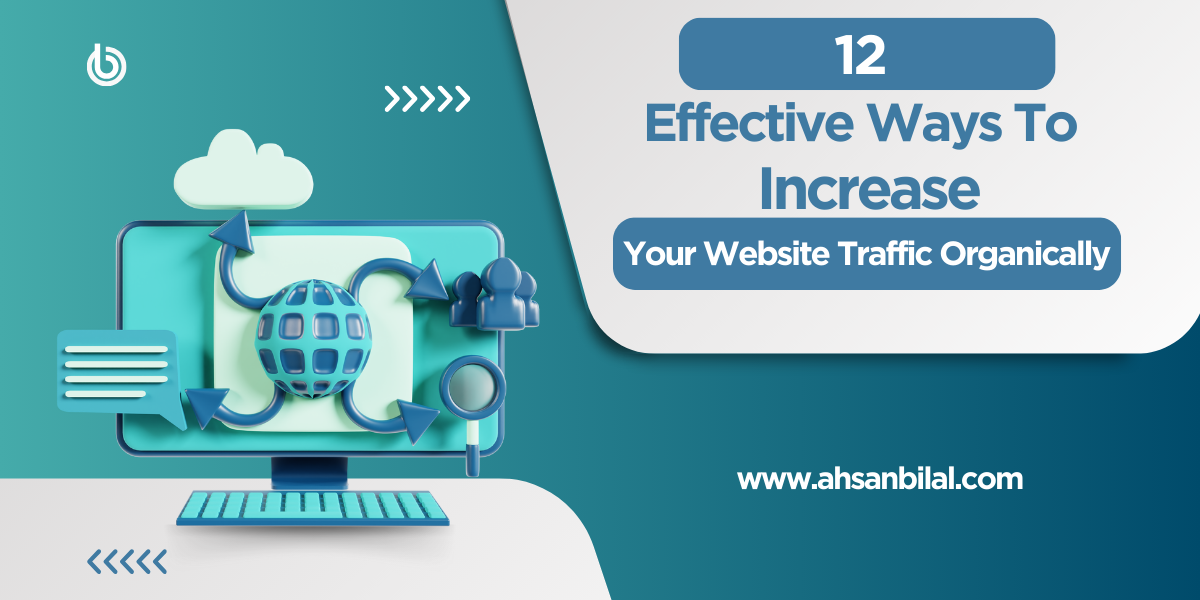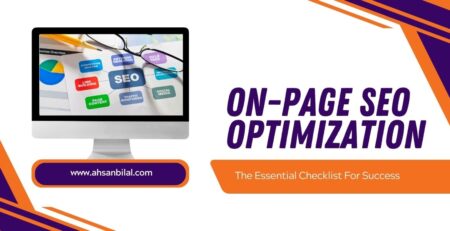Google’s Helpful Content Update: What It Means for Mobile SEO?
Google’s Helpful Content Update is a game-changer for SEO, focusing on delivering high-quality, user-first content. This update is designed to reward content that provides real value while reducing the visibility of unhelpful, low-quality pages. With mobile-first indexing now a priority, it’s crucial to understand how this update impacts mobile SEO. Websites must optimize their mobile experience to ensure they meet Google’s evolving standards and maintain strong search rankings.
Understanding the Helpful Content Update
Google introduced this update to prioritize content that genuinely helps users rather than content designed solely for search engine rankings. The algorithm evaluates whether the content is original, insightful, and created with the user’s needs in mind. Websites filled with keyword-stuffed, AI-generated, or low-quality pages are more likely to see ranking drops.
For mobile SEO, this means content must not only be helpful but also accessible, engaging, and easy to navigate on smaller screens. Mobile users expect fast-loading, responsive pages that deliver answers quickly and efficiently.
Key Mobile SEO Impacts of the Update
1. Mobile-Optimized Content Matters More Than Ever
Since mobile-first indexing is now standard, Google evaluates a website’s mobile version for rankings. If a website’s mobile content is poorly structured, hard to read, or lacking valuable insights, it risks losing visibility. Ensuring that content is well-formatted for mobile screens and provides a seamless experience is essential.
2. Page Experience and Core Web Vitals Play a Bigger Role
Google’s Helpful Content Update aligns with Core Web Vitals, emphasizing mobile usability. Factors like load speed, interactivity, and visual stability affect rankings. If your mobile site has slow-loading pages or intrusive pop-ups, it can be flagged as unhelpful, impacting search performance.
3. User Intent Becomes a Priority
The update encourages content creators to focus on user intent rather than just keywords. Mobile users often search with a purpose—whether looking for quick answers, directions, or product recommendations. Websites that tailor their mobile content to answer user queries clearly and concisely will perform better.
4. Avoiding AI-Generated, Low-Quality Content
Many websites rely on AI-generated content for efficiency, but Google now prioritizes content with human expertise and genuine insights. This is especially crucial for mobile SEO, where users expect immediate, well-structured answers. Creating original, engaging, and expert-driven content enhances credibility and rankings.
5. Structured Data and Mobile SEO Alignment
Using structured data (like FAQ schema and How-To schema) improves mobile SEO by enhancing search result visibility. Google favors rich snippets that provide direct, helpful information. Websites that leverage structured data can improve their chances of appearing in featured snippets or voice search results.
How to Optimize for the Helpful Content Update on Mobile
1. Focus on Mobile UX (User Experience)
- Use a responsive design to ensure content adapts to different screen sizes.
- Keep passages short and use list items for better comprehensibility.
- Avoid intrusive interstitials (pop-ups) that disrupt the user experience.
2. Prioritize Fast Load Times
- Optimize images and use lazy loading.
- Minimize JavaScript and enable browser caching.
- Use a Content Delivery Network (CDN) to enhance speed.
3. Create People-First Content
- Answer user questions in a clear and concise manner.
- Provide original insights instead of repurposing existing content.
- Write with an authentic voice that connects with your audience.
4. Optimize for Voice Search
- Use conversational, long-tail keywords that match spoken queries.
- Structure content with FAQ sections to increase visibility in voice search.
- Ensure mobile pages load quickly, as voice searches often rely on speed.
5. Monitor Performance & Make Adjustments
- Regularly analyze your mobile bounce rates and session durations.
- Use Google Search Control center to distinguish portable ordering issues.
- Update content frequently to keep it relevant and useful.
Conclusion
Google’s Helpful Content Update reinforces the importance of quality, relevance, and user experience, especially in mobile SEO. Websites that prioritize mobile-friendly content, fast load times, and user-first strategies will see better rankings. By aligning with Google’s expectations, businesses can enhance their mobile visibility, engagement, and long-term SEO success.










